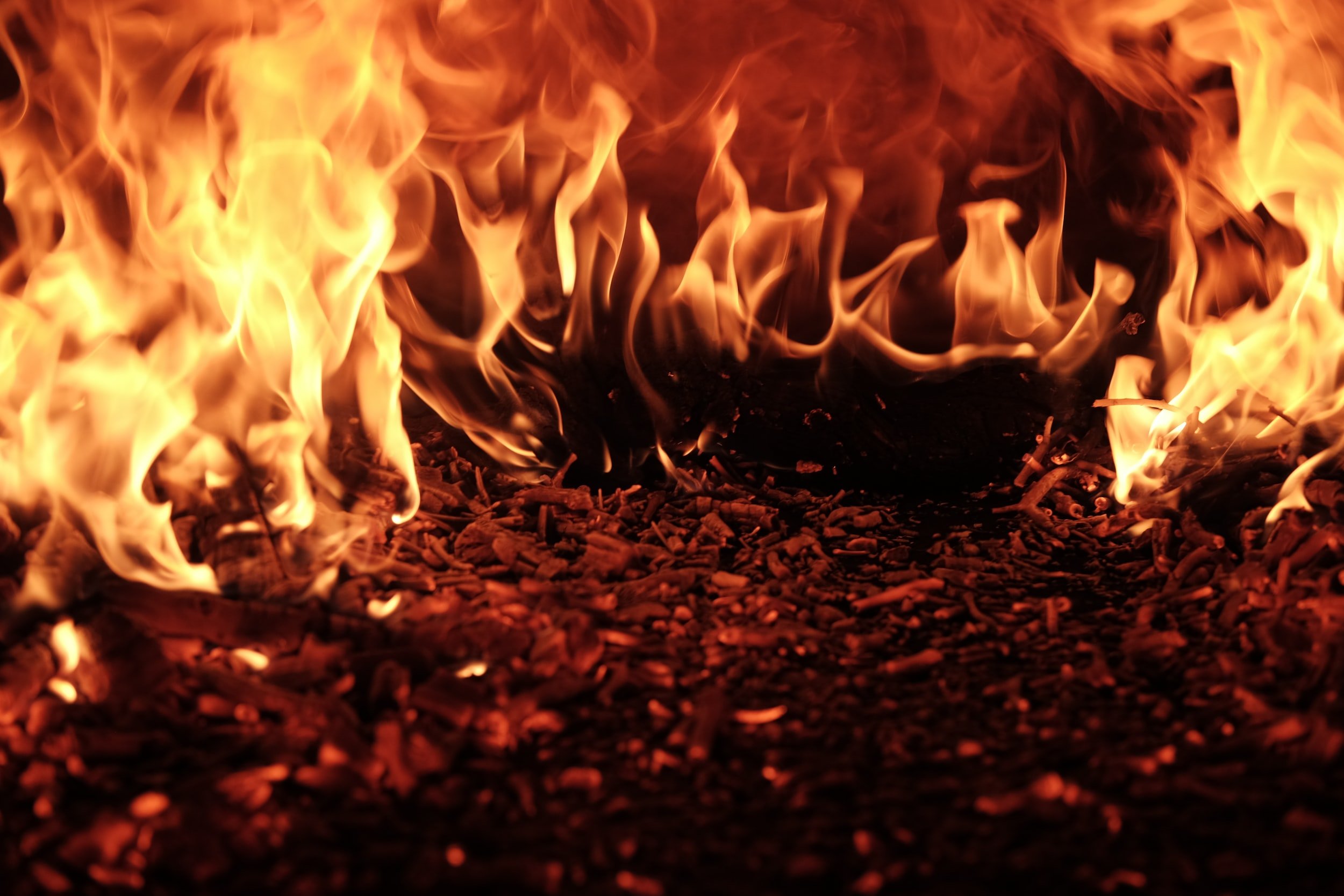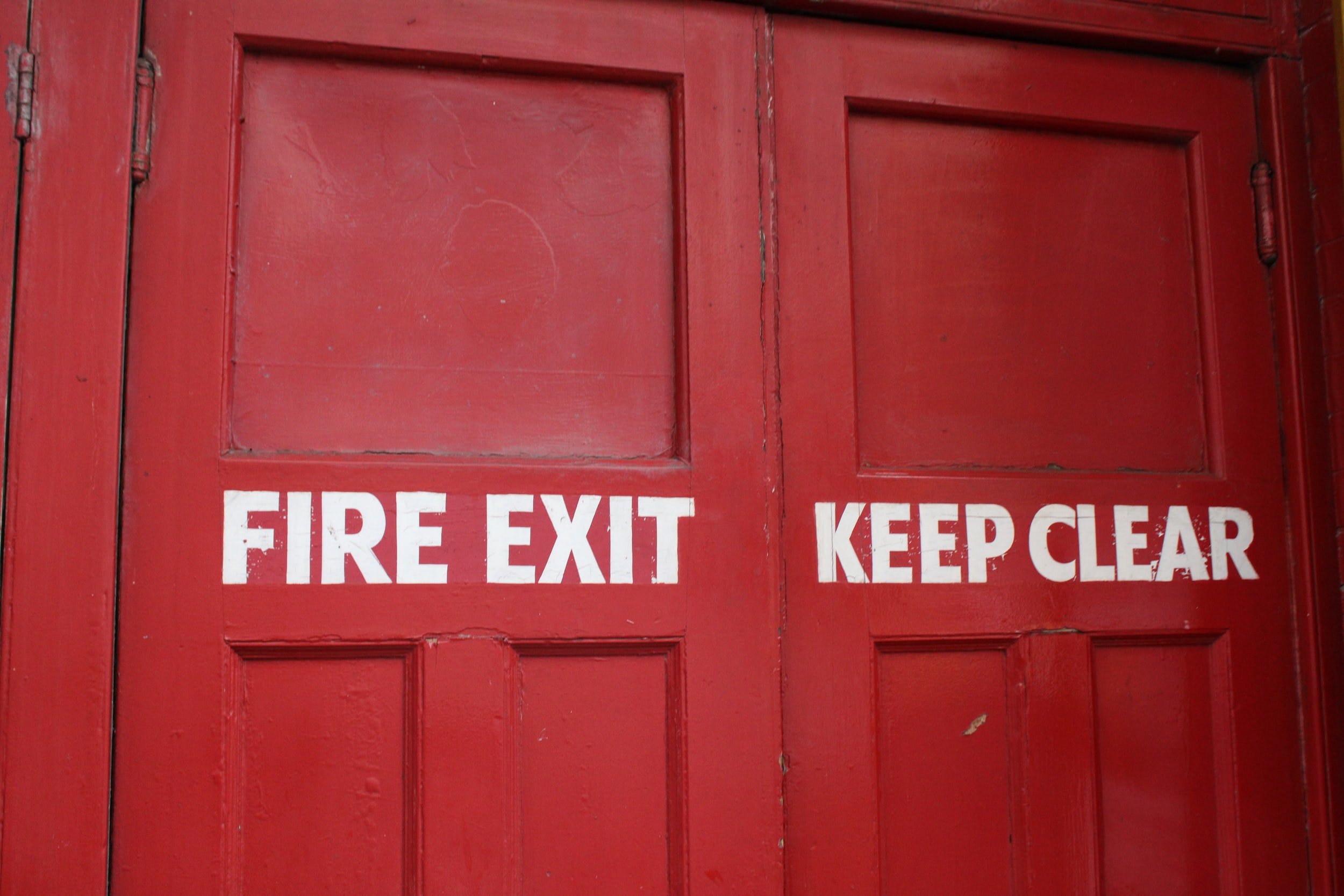
Fire Door Information Page
Disclaimer: This list is provided as a guide and is not intended to be a definitive source on fire doors. Please, always refer to NFPA 80, NFPA 101 and definitely check with your local building official.
1. Labels are on both the door and frame. If the label is missing from any part of the fire door assembly, the component may need to be replaced or labeled in the field by an authorized labeling service and be inspected again. Do not paint over labels on either the door or frame, paint will cause the label to be unreadable and will not pass an inspection.
2. No holes or breaks in the door or frame. NFPA 80 covers the acceptable way to fill fastener holes; other holes are treated as a field modification and must be filled properly and inspected afterward.
3. Door, frame, and hardware are in proper working order. Hardware must be visually inspected from both sides; acceptance testing includes opening and closing the door by all means of activation.
4. No missing or broken parts. If with a visual inspection parts are noticed to be missing or broken, they must be repaired or replaced without delay. The time frame is not defined in the codes and standards, some AHJs require deficiencies to be addressed in a designated amount of time.
5. No field modifications have been done to void the labeling and opening is not equipped with auxiliary hardware items which interfere with proper operation. Deadbolts, drop bars, and mechanical devices to hold open doors are not acceptable.
6. Door closer / spring hinges are operational and the door is self-closing. Fire doors may also be automatic-closing or power-operated, in accordance with the standard but the door must latch completely on its own.
7. Gasketing and edge seals, where required, are present, continuous, and of the proper type for a fire door. Note that gasketing is typically required for fire doors in corridors and smoke barriers but is not required for every fire door assembly. Gasketing installed on fire door assemblies must be listed for that purpose. Note: There is an exception for continuous gasketing in the case of a hospital stop, where the gasketing is terminated 6” or so above the bottom of the frame.
8. Door clearances are within allowable limits. The limitations of NFPA 80 apply to the installed condition of the assembly; manufacturing tolerances are not intended to be added to the maximum allowable clearance. Standard gasketing products are not likely solve clearance problems; to address excessive clearance, products must be listed for use on openings with clearances in excess of what is allowed by the standard.
9. Coordinator ensures that the door leaves close in proper sequence. This requirement applies only to pairs of doors where one leaf must close before the other, for example, when the inactive leaf is equipped with automatic flush bolts.
10. Glazing and glass kit / glass beads are intact and securely fastened. Glazing in fire door assemblies must be labeled with information referencing standards for impact resistance and fire testing.
11. Signage on the door covers less than 5% of the door face and is not attached with mechanical fasteners. NFPA 80 requires signage to be installed with adhesive and does not allow the use of screws or nails. Signs must not be installed on fire-protection-rated glazing and must not interfere with the operation of the door.
12. Egress must not be blocked on either side of the doorway. The doorway cannot be blocked by anything (e.g. boxes, stacks of chairs, etc.) on both the entry and exit side of doorway.




